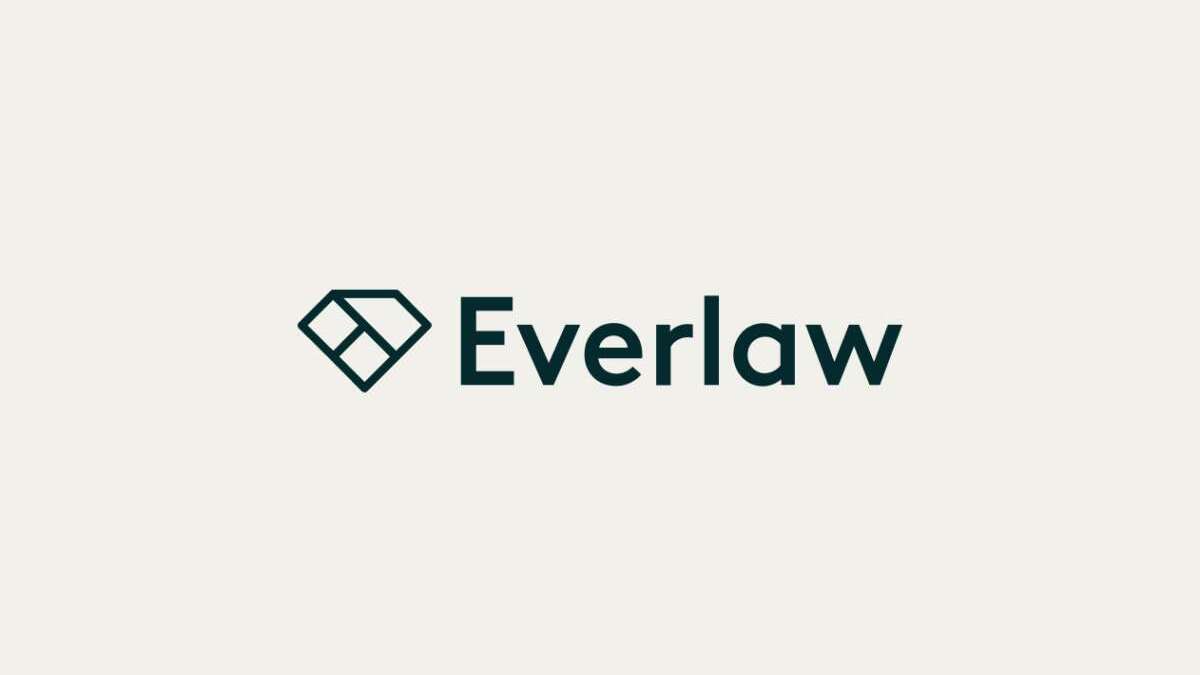Who might be interested:
Users responsible for setting up a case and the review environment. Users who will be adding other users and managing case settings, codes, user groups, and document permissions.
What you will learn:
An overview of database and project level admin permissions. A general introduction to the various project settings available to Project Administrators and how to navigate the administrative tools. How to set up user access and permissions, including how to add users, setup group based permissions, and setup document access permissions. How to create coding categories and conditional/auto-code rules, set up persistent highlights, and manage metadata settings.
How you can learn:
There are several resources available depending on your learning style: comprehensive training videos, shorter topic-specific videos and helpful written guides.
Training Options
Watch Case Configuration Deep Dive
Learn the ins and outs of Case Configuration in this 15 minute Deep Dive.
Schedule custom training
If you would prefer a private training session with a member of Everlaw’s User Education team to train a group of users and discuss a workflow that is specific to your organization, you can schedule a virtual training session at a time of your choosing.
Learn more about Case Configuration
[Project Admin] Create and Edit Coding Sheet
Codes are used to note the relevance of documents. Documents are easily retrievable by review status or topic matter once they’ve been reviewed. Together, codes and coding rules form the foundation of review. Read the codes and coding rules help article.
[Project Admin] Persistent Highlights
Persistent highlights can be used to call out important or privileged words/phrases. Admins can create grouped and standalone highlights, and modify the color that highlights appear under in the review window. Read the persistent highlights help article.
[Project Admin] Metadata
You can modify metadata settings if you have non-standard data fields, and hide fields from searching and view. Read the metadata help article and the standard fields help article.
[Project Admin] Production Tools
If you’re conducting review with the intention of producing documents, the database will need to be in production mode. As part of production mode, you can add standard production codes to your coding sheet. Read the production tools help article.
[Project Admin] Miscellaneous Project Settings
Other case settings allow you to do things like require two-factor authentication, set the default assignment review criteria, turn on and configure the machine translation features, and add new Stories. Read the general settings help article.
Add and Manage Users via Groups
[Project Admin] Adding and Managing Users
Adding users to a database is easy. Once a user is added, you can control their permissions through user groups. If you are removing a user, you can choose to save their work product. Read the adding and removing users help article.
[Project Admin] Project Permissions
Granular permission settings give admins the confirmation that the proper permissions are distributed to users within that project. Permissions are determined by user groups. Read the user groups and permissions help article.
[Project Admin] Document Access Management
Document Access Management allows project administrators to control which documents users can view or modify. This is useful to manage access to specific document sets. Read the document access management help article.
Monitor Case Progress and User Activity
[Analytics] Project Analytics
Project analytics provide actionable insight into various aspects of review. You might want to perform reviewer-level tracking or develop the big picture view of what’s happening. Whatever the need, our analytics system can deliver. Read the project analytics help article to learn more.
[Analytics] User Activity
Need to see real-time user activity or generate user audit logs? Check out the user activity section. Read the user activity help article.
Training Activities Checklist
After you’ve watched videos and have a basic understanding of the project settings, practice your skills and try performing the following actions:
🗹 Add a user.
🗹 Create a coding category with several codes and view what it looks like in the review window.
🗹 Create a conditional rule.
🗹 Create an autocode rule and delete it if it is not needed.
🗹 Create a new user group and customize the permissions.
🗹 Create redaction stamps.
🗹 Create a persistent highlight and run a search for all documents with that term.

Resource Guides
Check out our downloadable resource guides:
For any feedback about this site or any questions about the trainings offered, please reach out to training@everlaw.com
For all other questions, please reach out to support@everlaw.com, 1-844-EVERLAW (US), or 0800-068-9249 (UK and EU)











